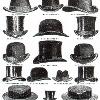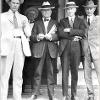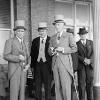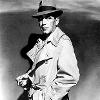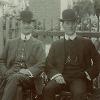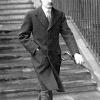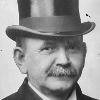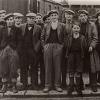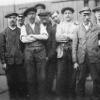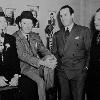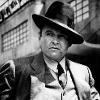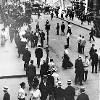The fashion revolution of the 1920's is mostly discussed on the drastic change of women's clothing, yet men's new fashion went through a transformation as well. A wardrobe of a man usually consisted of a large amount of short suit jackets, and short trousers that make the socks visible.  For the last couple centuries, men had worn a variation of a three piece suit. If a man was rich and in the upper-class, he would change his clothing more than once a day to show proper etiquette. However, the Great War took an effect on people's values and attitudes which showed greatly in the fashion world. A man's trousers became more baggy, and their suits became simple and slender. The men preferred short jackets with only two or three buttons, other than pinstriped suits and jackets with lengthy tailcoats. Informal outfits for men commonly contained knickers, or short pants that ended at the knee. The colors and fabrics became more vivid and lighter than past decades, expressing the new brightness of the generation with the music, parties, and theater. 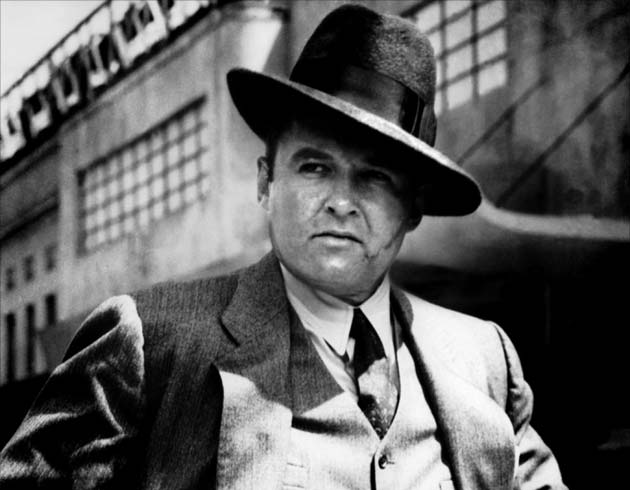 Different sports athletes influenced men's fashion as well as aspects of the new generation. Trousers known as plus-twos, plus-fours, plus-sixes, and plus-eights became popular and were worn by golf stars like Bobby Jones, Gene Sarazen, and Walter Hagen. Plus-twos are breeches or trousers that extend two inches below the knee. Plus- fours and so on are of similar definition. Since they allow more movement and freedom, they were quite associated with sporting wear, and influenced to the rest of the western fashion. Along with golf, tennis looks also became popular. White trousers and V-neck sweaters were what young men wore frequently. 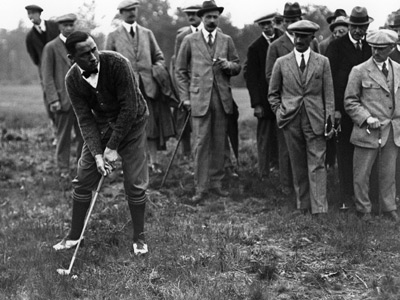 Other influences of fashion included the very famous aviator, Charles Lindbergh. He popularized the leather jacket, which most men wore while driving around town, including a flat wool or tweed English driving cap, light leather gloves, and a white silk scarf as well. | 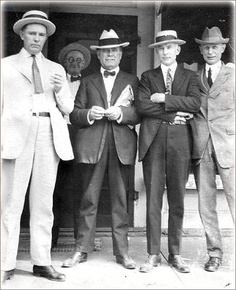 While men's casual wear restyled into a new look, the formal wear didn't change as much. Men continued to wear black suits with a tailcoat, along with a white shirt, a high collar with a bow tie, black trousers, and black glossy shoes. However, the tuxedo was worn more frequently and the tailcoat was considered stuck-up and old-fashioned. Tuxedos and so called "fancy attire" were fitting outfits for small dinner and house parties, dining in a restaurant, and going to the theater. 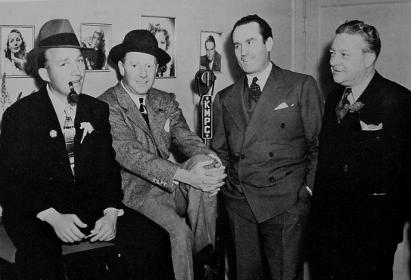 Hats during this time-period were necessary; Roughly no man went out in public without wearing a type of hat. A hat almost always represented a man's social class. Working-class men wore a typical flat cap. Middle class men wore either a bowler hat, fedora, or trilby hat. While upper class men usually wore a top hat or a homburg hat. But still, during the summer months straw boaters, skimmers, or Panama straw hats were popular by means of all social classes. Shoes had also taken a big shift in style. Single colored boots and Spats (a type of classic footwear attachment for the outdoors, that covered the instep and the ankle) became old-fashioned, while two-toned shoes became widely favored. The shoes were rather causal, and came in styles of brown and white, or, the more popular, black and white. However, for evening attire, black leather oxford shoes were worn, along with an increasingly seen wingtip (a pointed shoe with designs seen over the toe). The wingtip represented a small part of the jazz age, with a different pattern of excitement added to a man's wardrobe. 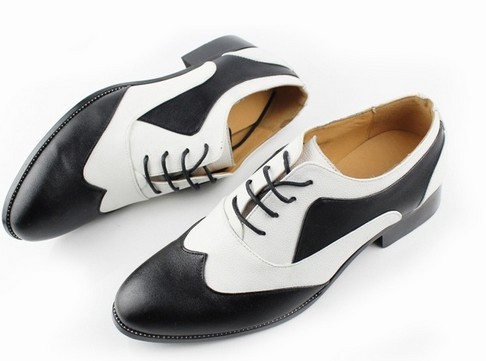 |
Make a Free Website with Yola.
